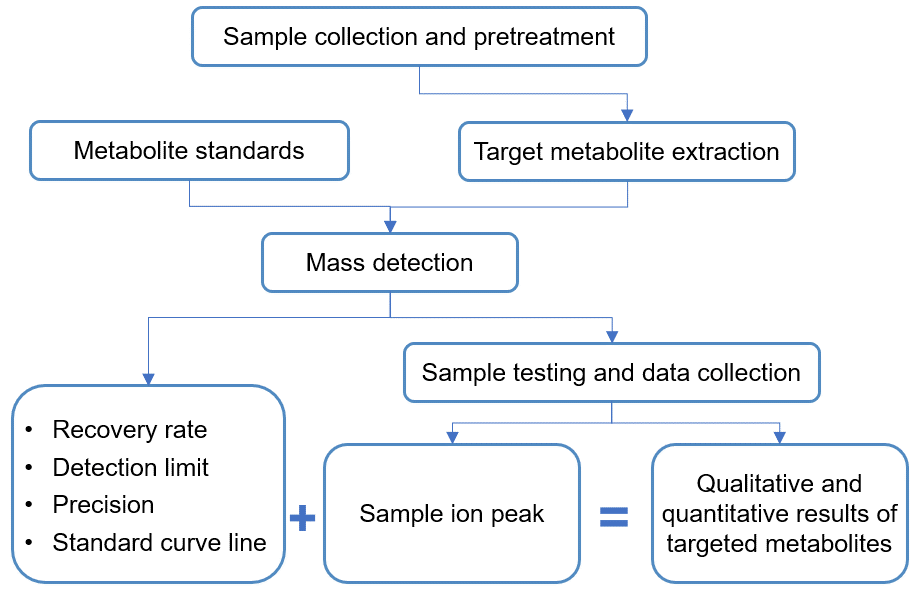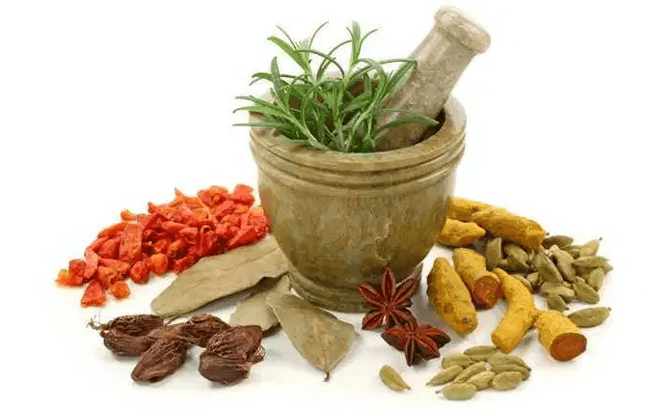3-indolemethanol Analysis Service
Submit Your InquiryAbout 3-indolemethanol
3-indole methanol is a natural compound, which is decomposed from glucosinolate glucoside, and its English name is indole-3-methano.
Indole-3-carbinol is found in cauliflower, cauliflower and other cruciferous vegetables, and is an intermediate of many health products and medicines.
Indole-3-carbinol is an effective antioxidant and is also believed to have many anti-aging and metabolic benefits. Therefore, it is also usually synthesized as a dietary supplement.
Experts believe that high levels of 3-indole methanol can reduce the occurrence of certain cancers, although many of them depend on the type of cancer and personal body chemistry. It can also be used in the treatment of certain lupus patients.
Its chemical formula is C9H9NO, and CAS number is 700-06-1.
MS-based technical means can realize the qualitative and quantitative analysis of 3-indolemethanol.
 Molecular structure of 3-indolemethanol
Molecular structure of 3-indolemethanol
Technical Characteristics
- Method specificity
- High quantitative accuracy
- Three quality control
- Blank
- Mixed standard
- Random sample repetition
Method setting and optimization are only performed for specific target metabolites.
The basis of quantification is strictly established on the standard curve corresponding to the standard product.
Remove residual impurities in the instrument, provide a stable detection environment, and also monitor the stability of the instrument.
Mixed standard mainly monitors the stability of the instrument.
Random samples are repeated to monitor the stability of the entire extraction process.
Technical Route of Targeted Metabolomics of 3-indolemethanol

Sample Requirements
1. Sample type
- For cells> 107 / sample, please centrifuge to remove the culture medium, then immediately put it in liquid nitrogen, and then store it at -80°C.
- It is recommended that pulp and peel of leaves, stems, flowers, fruits, etc.> 1g / sample, put it in liquid nitrogen immediately after removal, and then store at -80℃.
2. Repeat and mix
- It is recommended that prepare more than 6 biological replicates.
- It is necessary to select more than 3 materials with the same condition for each sample. The same condition refers to the same period, basically the same phenotype, and the same part.
3. Storage and transportation
- Quick-frozen preservation with liquid nitrogen can minimize the leakage time of plant samples at room temperature, and store it at -80℃. Dry ice transportation (about 3~4 kg dry ice is consumed every day, please use sufficient dry ice for transportation).
Feedback to Customers
Creative Proteomics will provide you with detailed technical reports, including
- Experimental steps
- Related mass spectrometry parameters
- Part of the mass spectrum picture
- Raw data
- Quantitative results of targeted metabolites
Project Cycle
- A standard experiment and analysis process takes about 1 to 4 weeks.
Creative Proteomics testing platform can customize the determination of other substances according to the needs. Please consult us for details.







